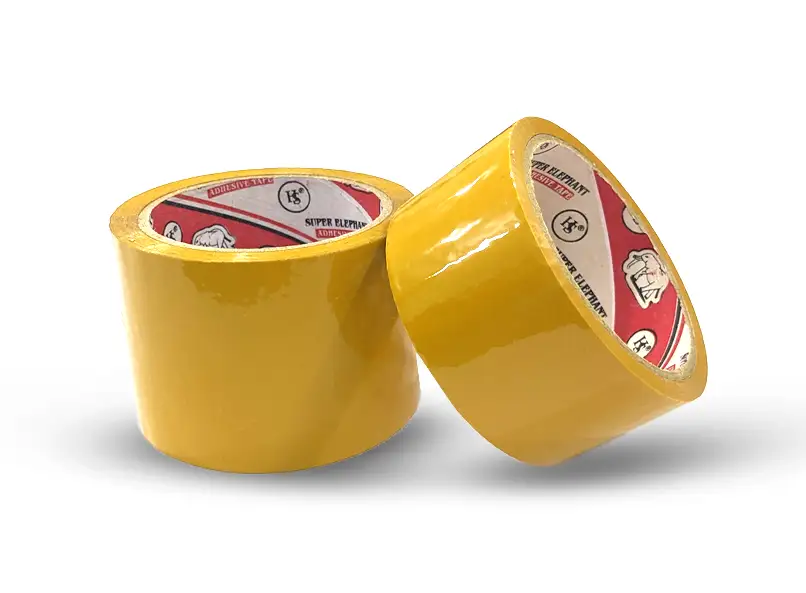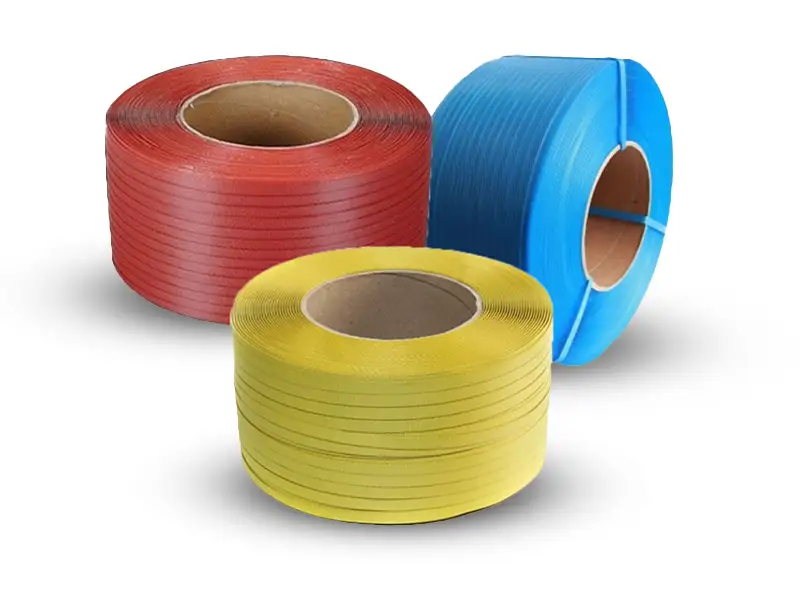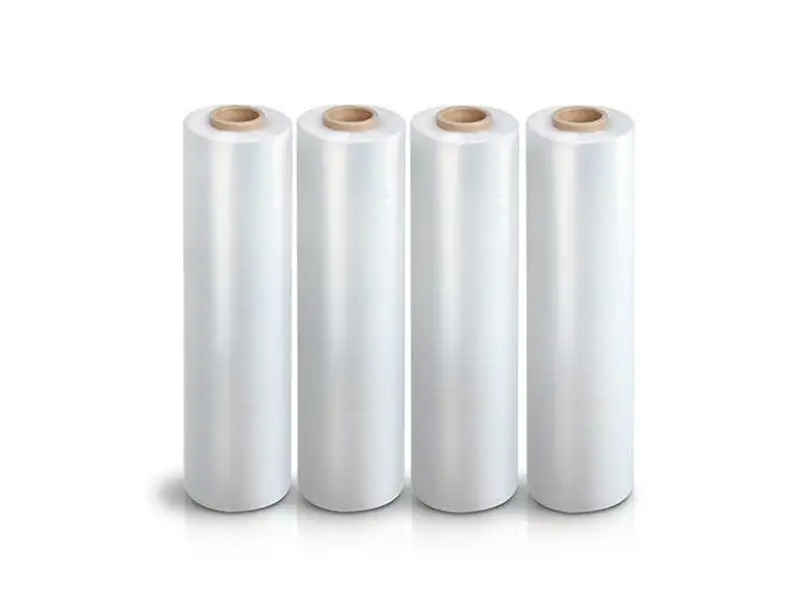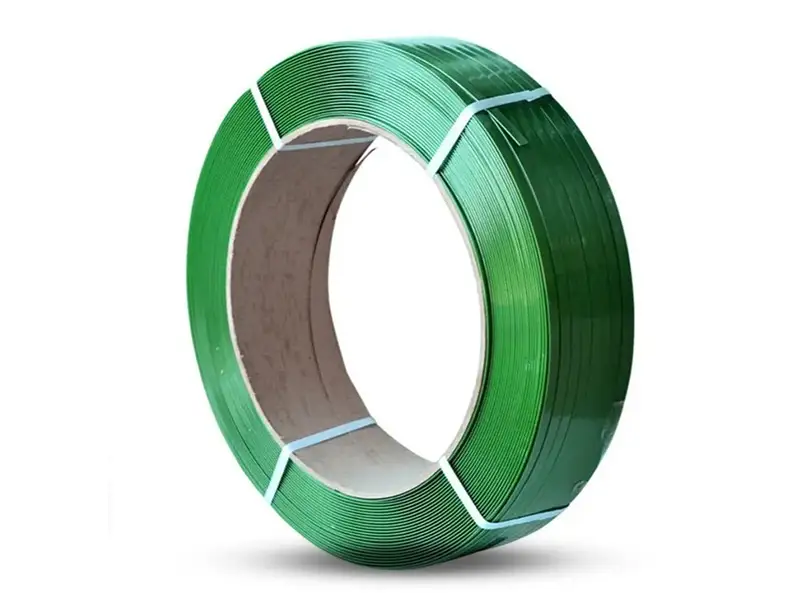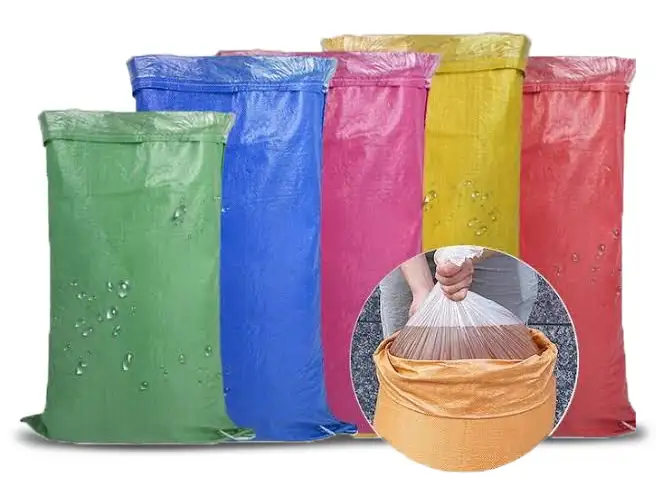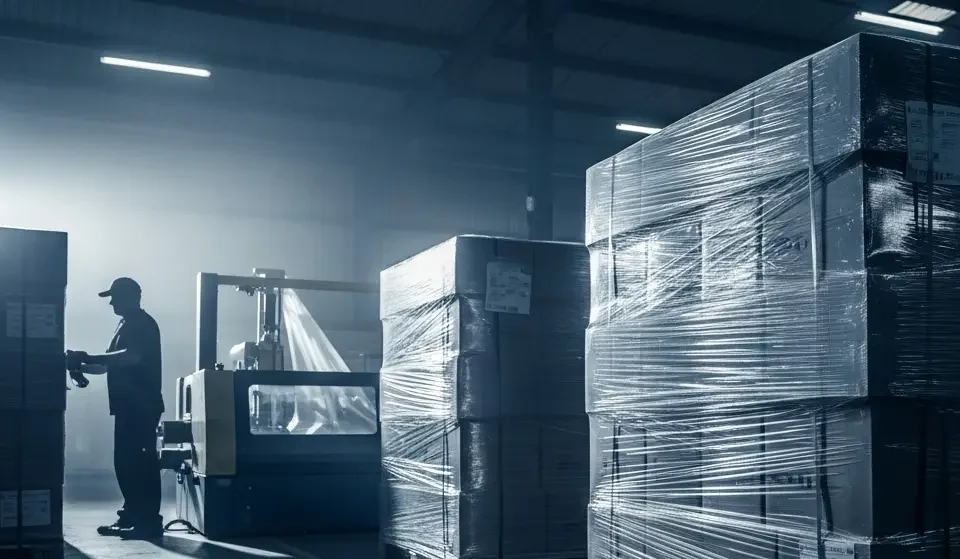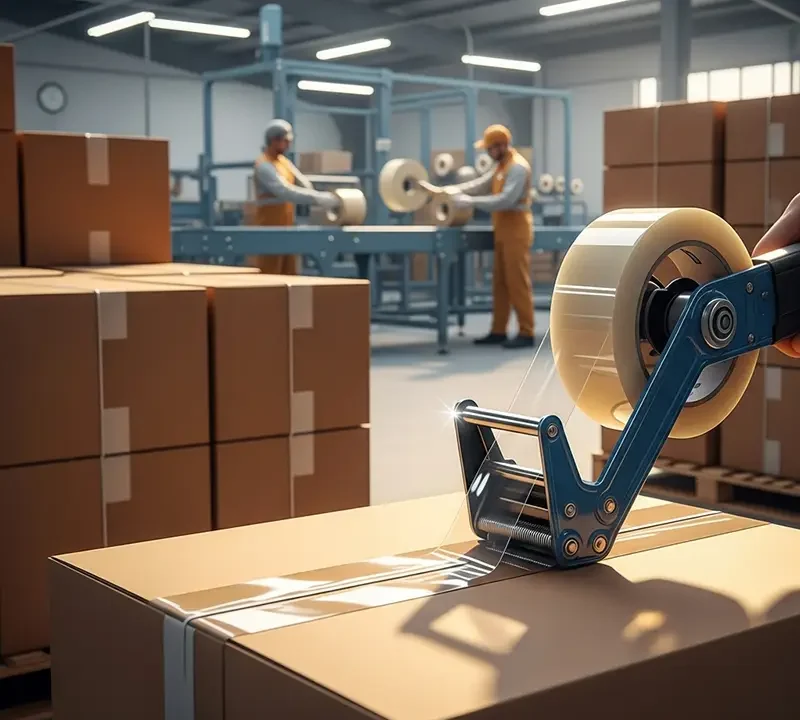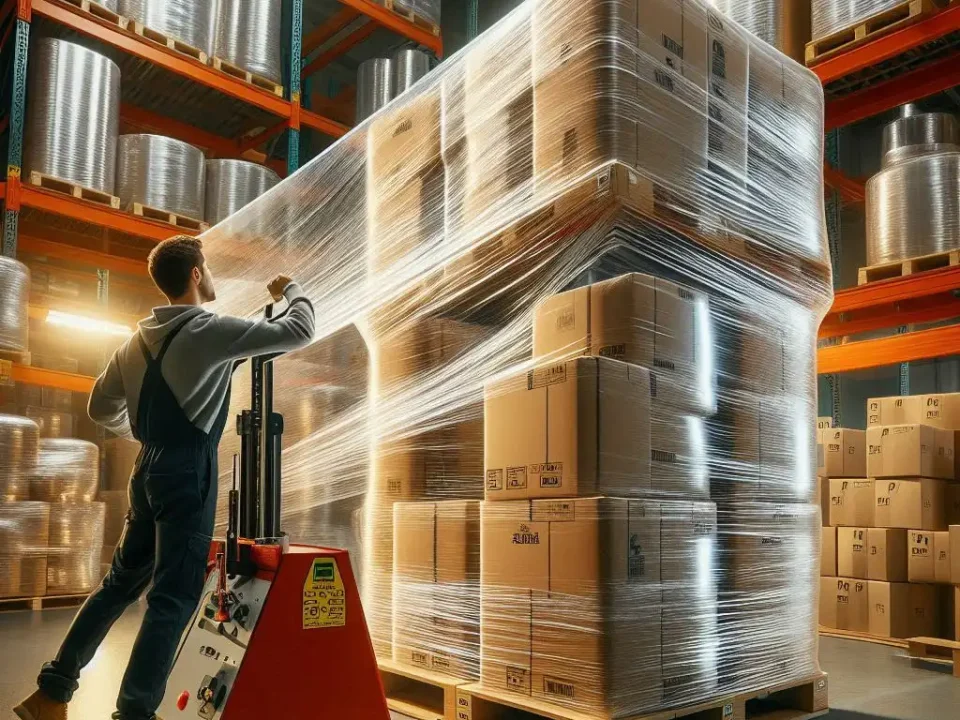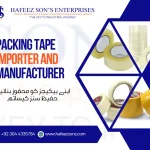
Why You Should Never Underestimate the Power of Packing Tape!
September 22, 2024
Packing Tape: The Unsung Hero of Secure Packaging
October 7, 2024In today’s fast-paced world of logistics and shipping, ensuring the safe and secure transport of your products is paramount. One of the most effective solutions is using stretch wrapping film, a versatile packaging tool designed to keep your goods protected and stable during transit. But what exactly makes stretch wrapping film the go-to choice for businesses? Let’s dive into its key features and best practices for its use.
What is Stretch Wrapping Film?
Stretch wrapping film is a highly stretchable plastic film made primarily from linear low-density polyethylene (LLDPE). It is commonly used to wrap pallets, boxes, and other items to secure them for shipping. The film’s elasticity allows it to tightly cling to products, creating a compact and stable load.
Key Benefits of Stretch Wrapping Film
- Protection from Dust and Moisture: The tight seal created by stretch wrap acts as a protective barrier, keeping your goods safe from dirt, dust, and moisture.
- Cost-Effective: Stretch wrap offers an affordable way to secure and bundle products without the need for additional packing materials.
- Versatility: Available in different gauges and sizes, stretch wrap can accommodate products of various shapes and sizes.
- Load Stability: By securing items to a pallet, stretch wrap helps prevent shifting during transport, reducing the risk of damage.
- Transparency: Clear stretch wrap allows easy identification of products without unwrapping the pallet.
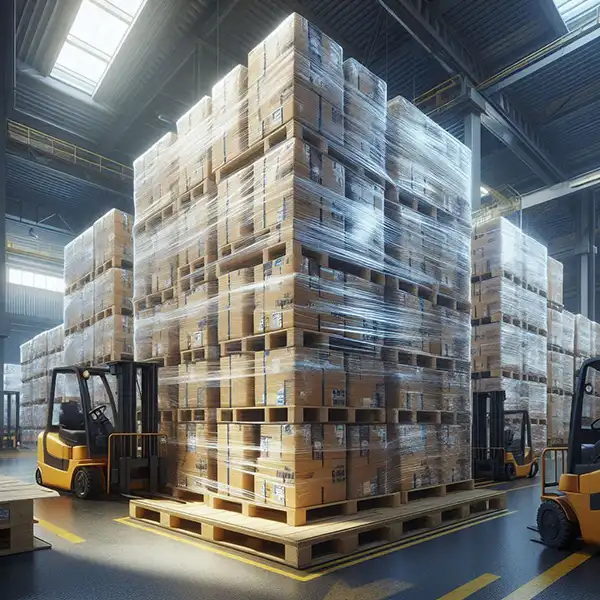
How to Properly Use Stretch Wrapping Film
- Choose the Right Type of Film: Depending on the weight and dimensions of your load, you’ll need to select the appropriate thickness and type (machine-grade or hand-grade) of stretch film.
- Start at the Base: Begin wrapping at the bottom of the pallet, ensuring that the film overlaps for added stability.
- Wrap Tightly: For maximum effectiveness, ensure the film is stretched tightly around the items, maintaining tension throughout the process.
- Overlap Each Layer: As you wrap upwards, overlap each layer of film by at least 50% to ensure complete coverage.
- Secure the Top: Once you reach the top of the pallet, twist the film to create a rope-like section and secure the load by tying it off.
Applications of Stretch Wrapping Film
Stretch wrapping film is widely used across industries such as:
- Manufacturing: To wrap and secure raw materials or finished products.
- Retail: For bundling bulk products on pallets.
- Agriculture: Protecting harvest produce during storage or transport.
- E-commerce: Securing boxes and packages for shipping.
FAQs
1. What is the difference between stretch wrap and shrink wrap? Stretch wrap is stretched around items and clings to them without heat, whereas shrink wrap requires heat to form a tight seal around products.
2. Can stretch wrap be recycled? Yes, most stretch wraps made from polyethylene can be recycled, depending on local recycling facilities.
3. How do I know which gauge of stretch film to use? Thicker films are ideal for heavier loads, while thinner films work well for lighter items. Consult product specifications for detailed guidance.
4. How many layers of stretch wrap should I use? Typically, 3-5 layers provide sufficient stability for most loads. Heavier loads may require more.
5. Is colored stretch wrap available? Yes, colored stretch wrap is available and often used for product identification or inventory management.



